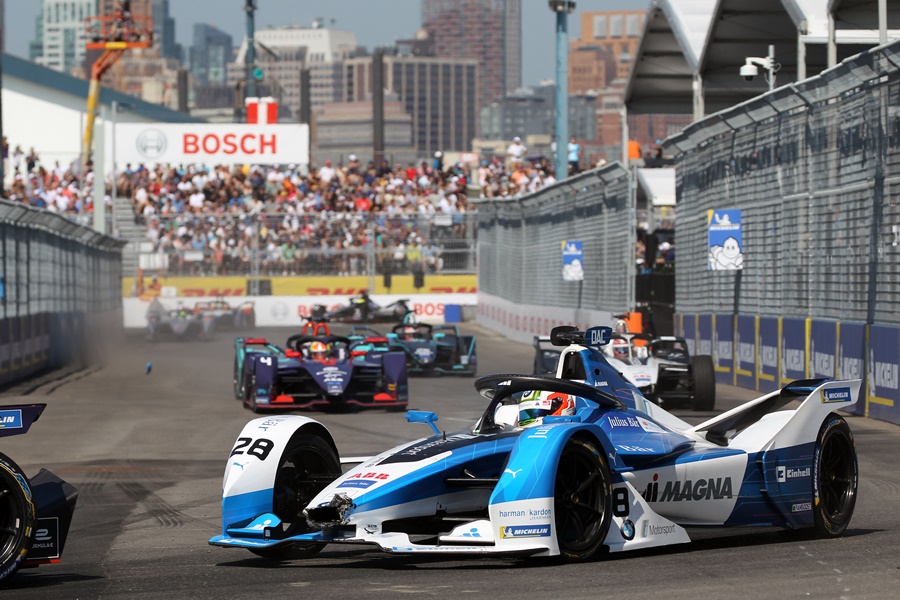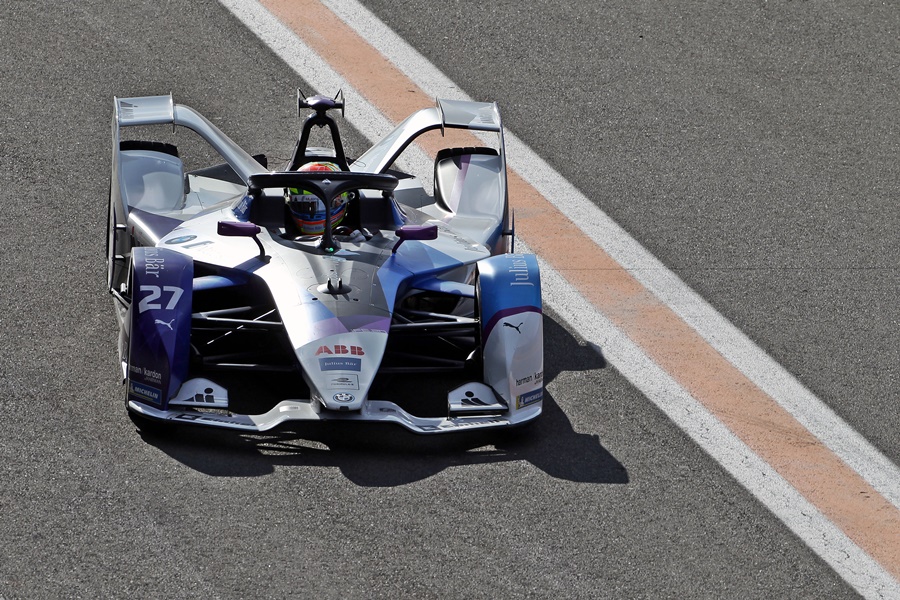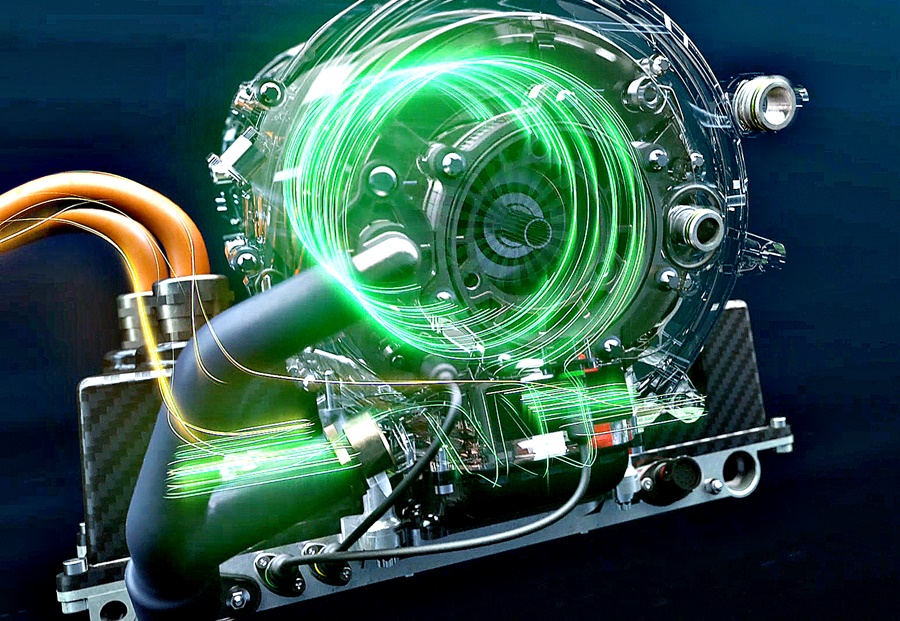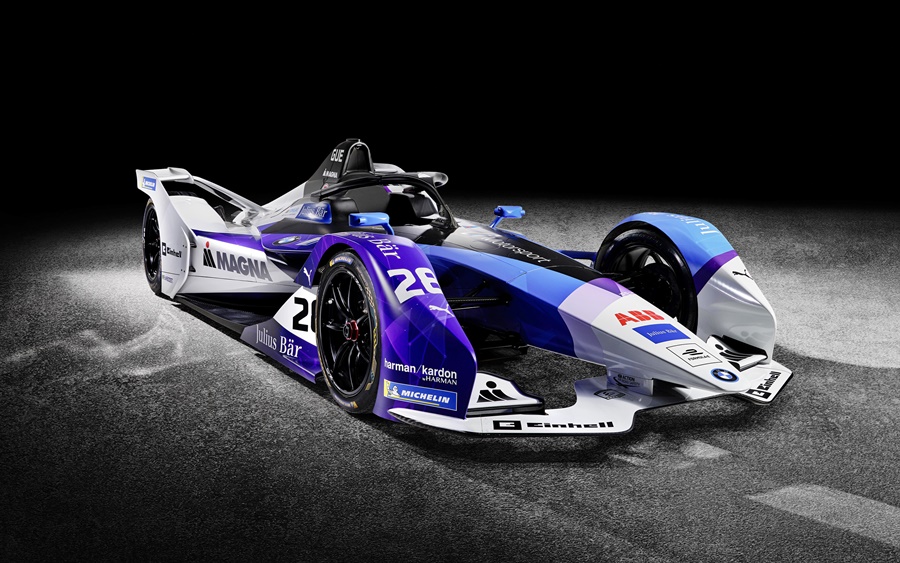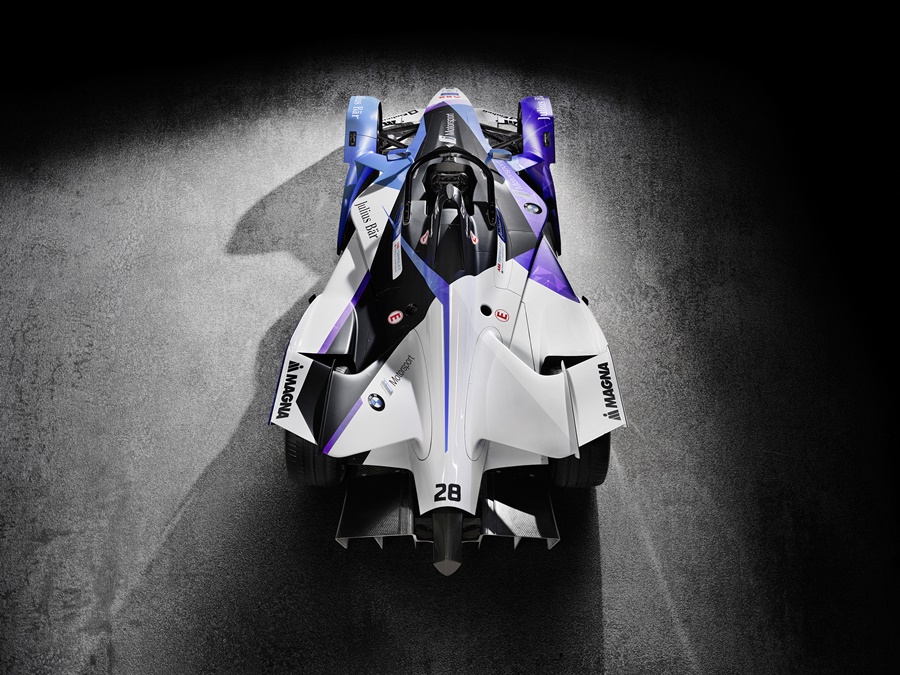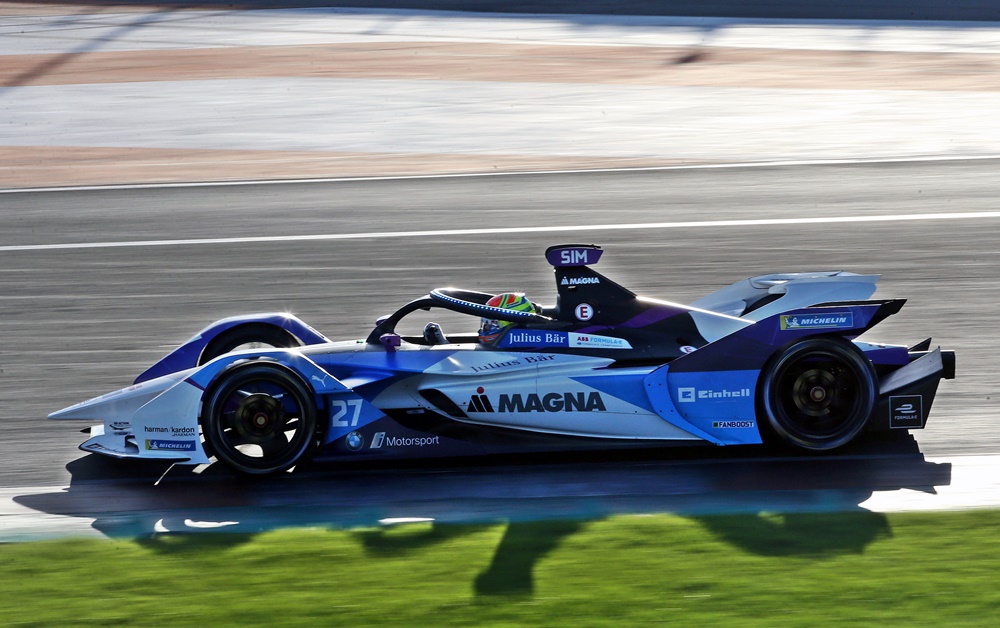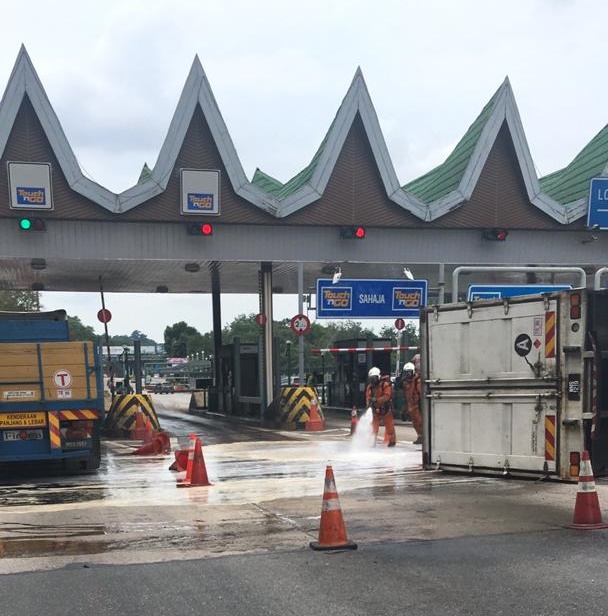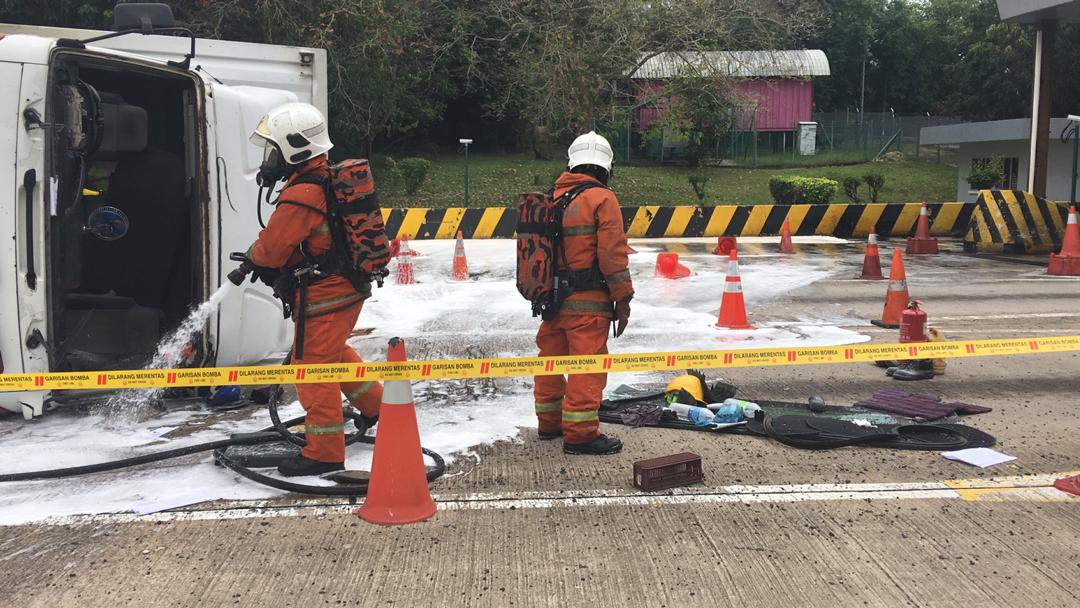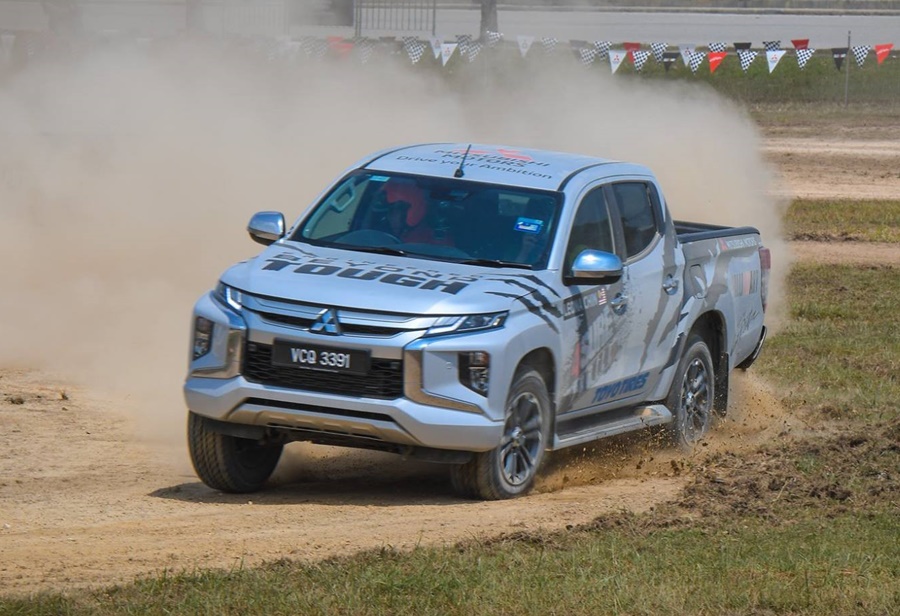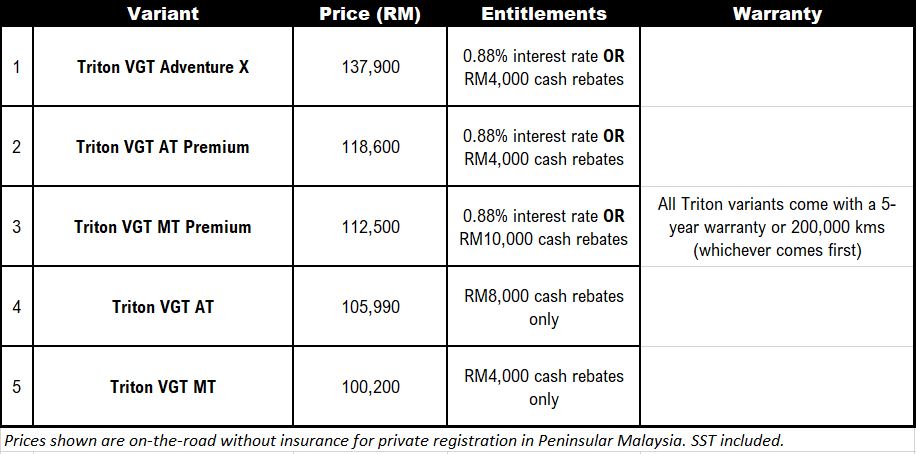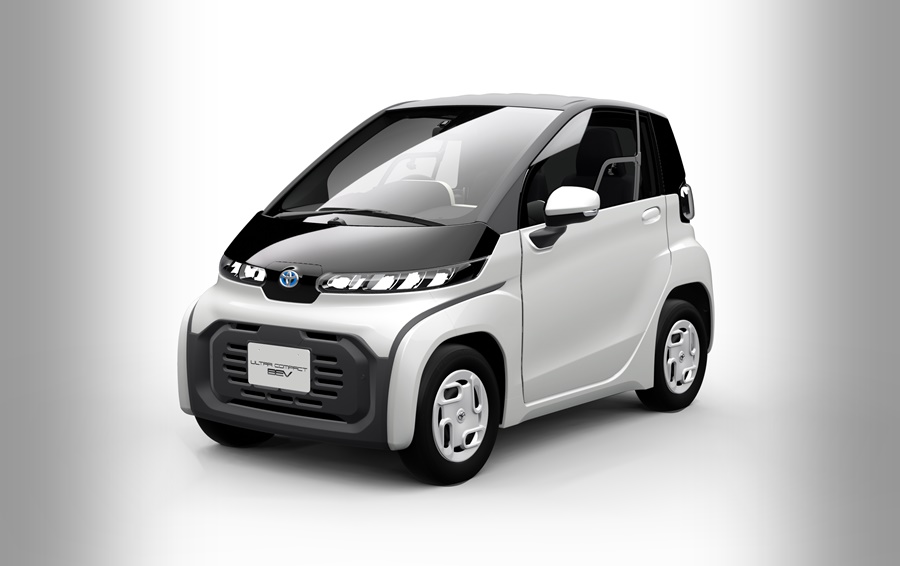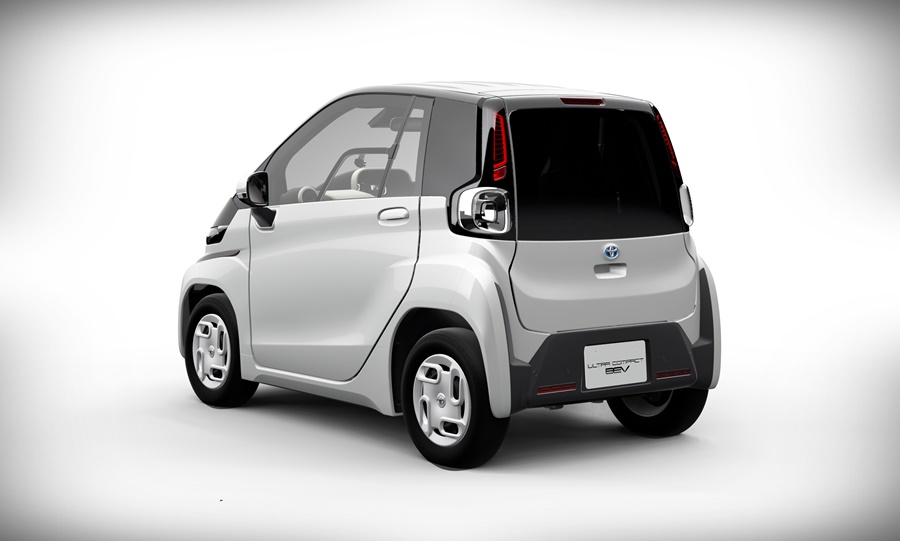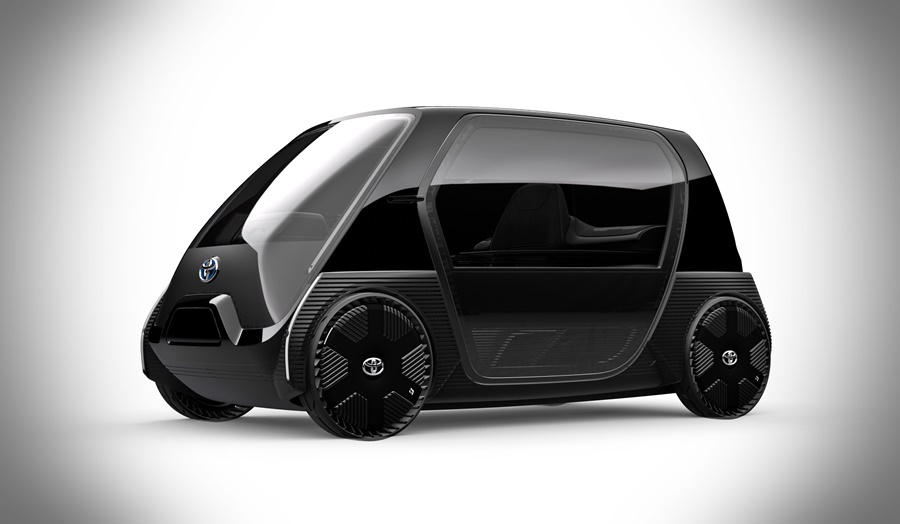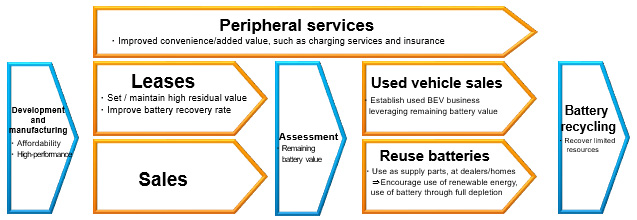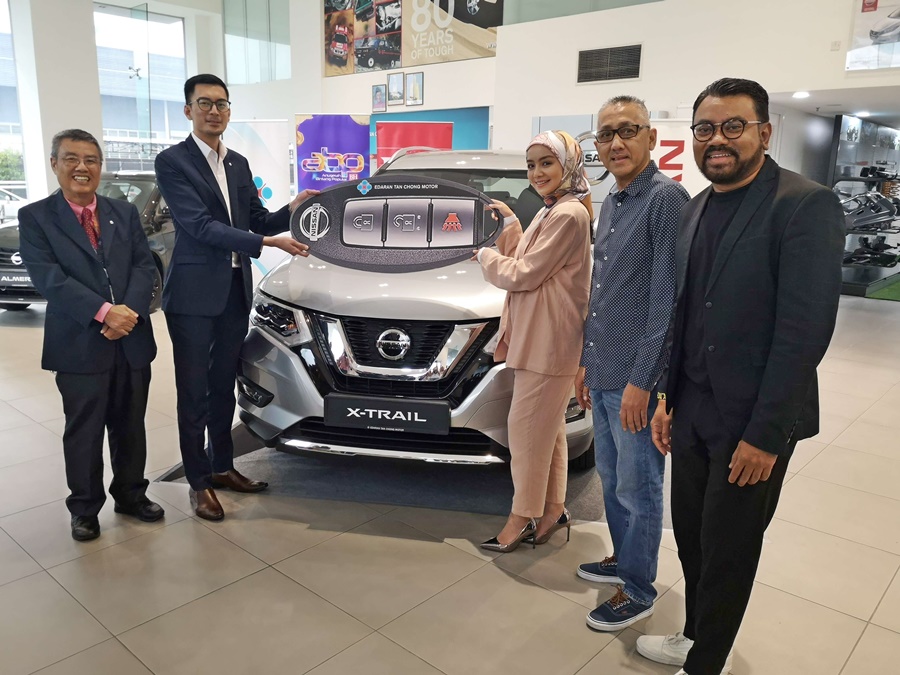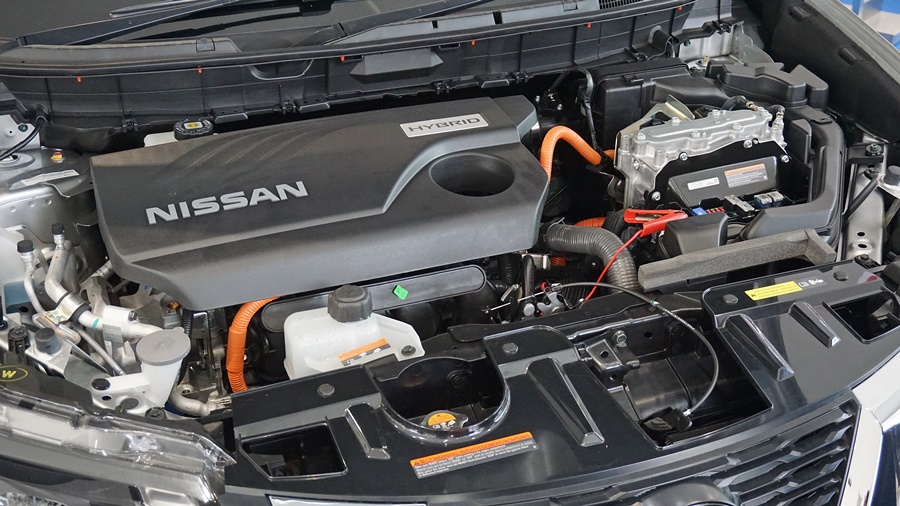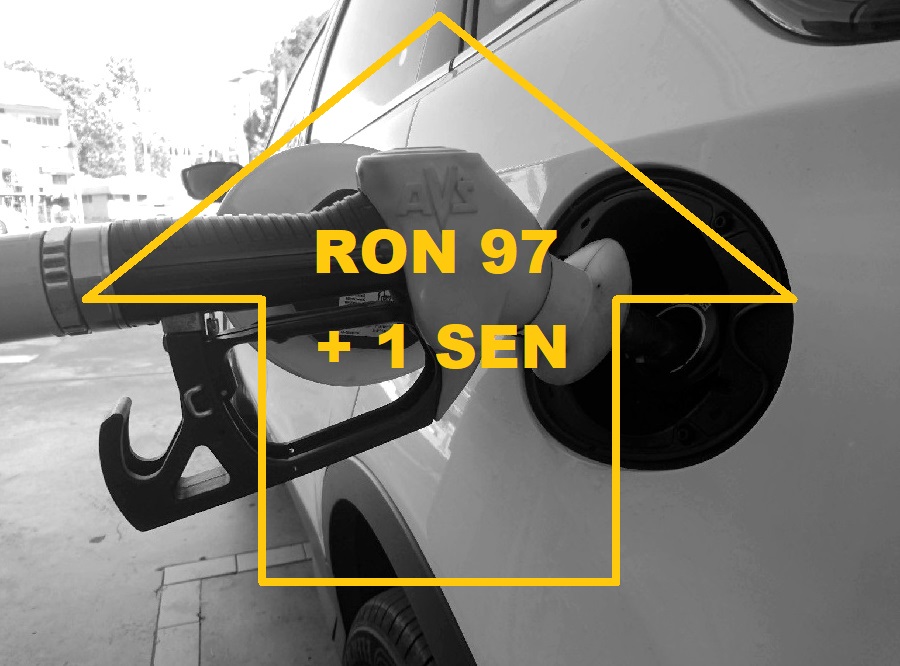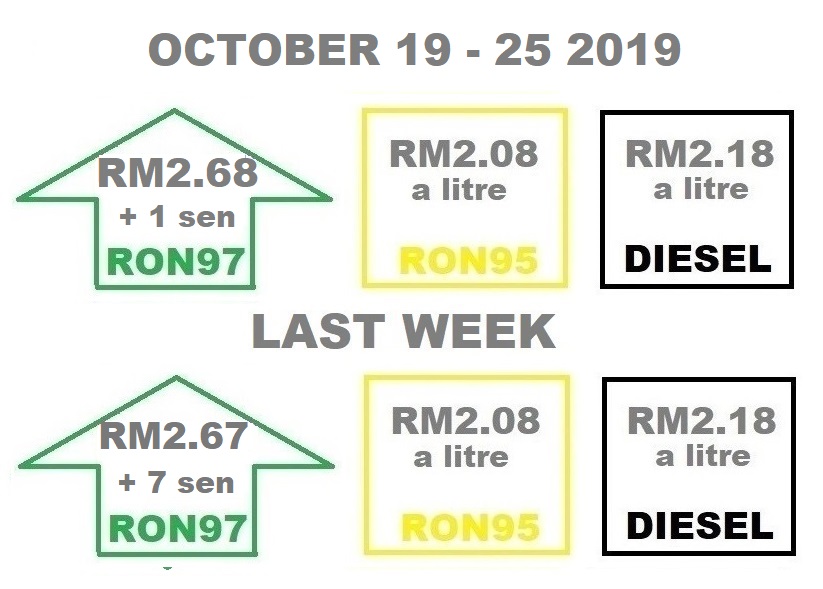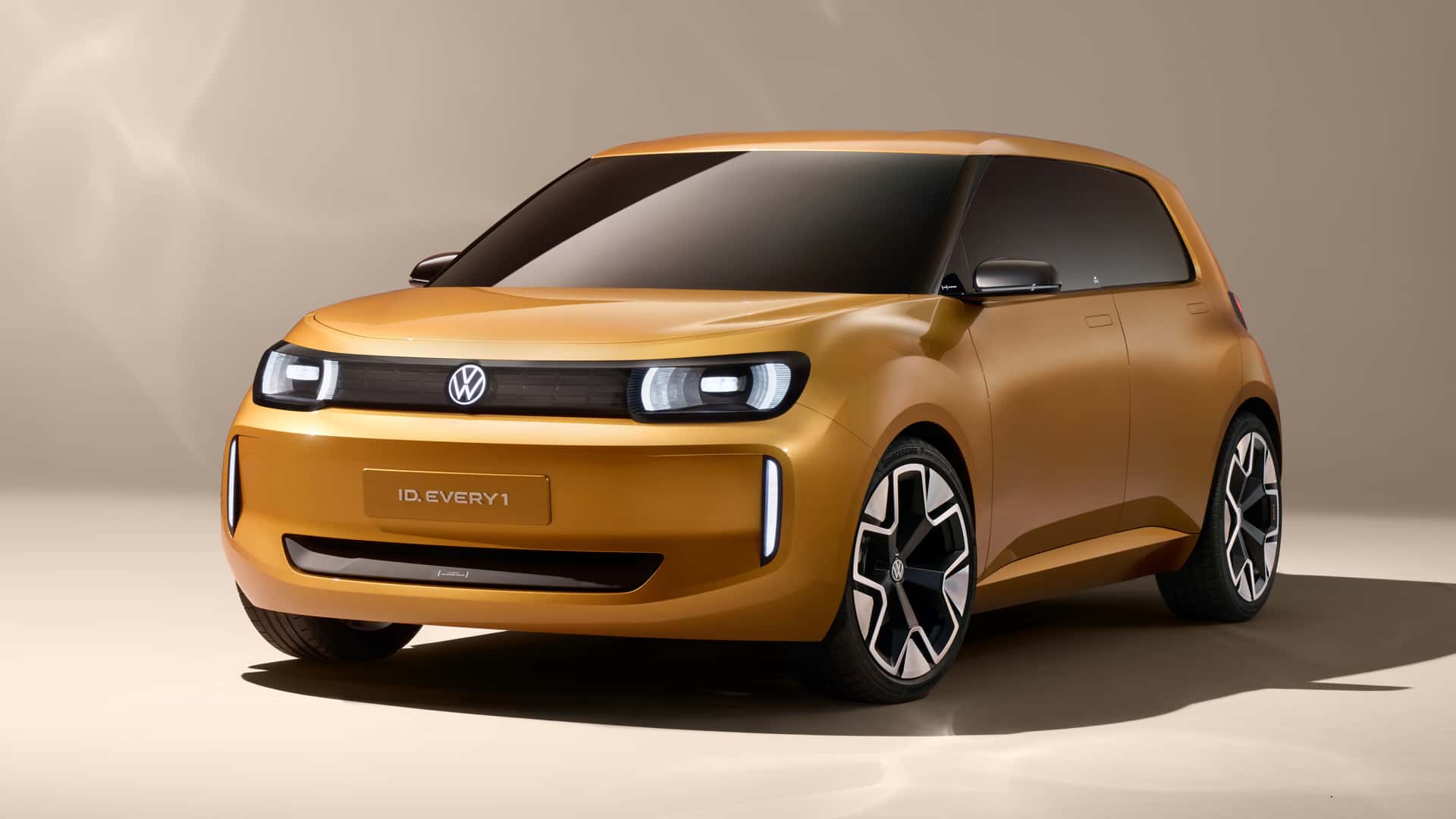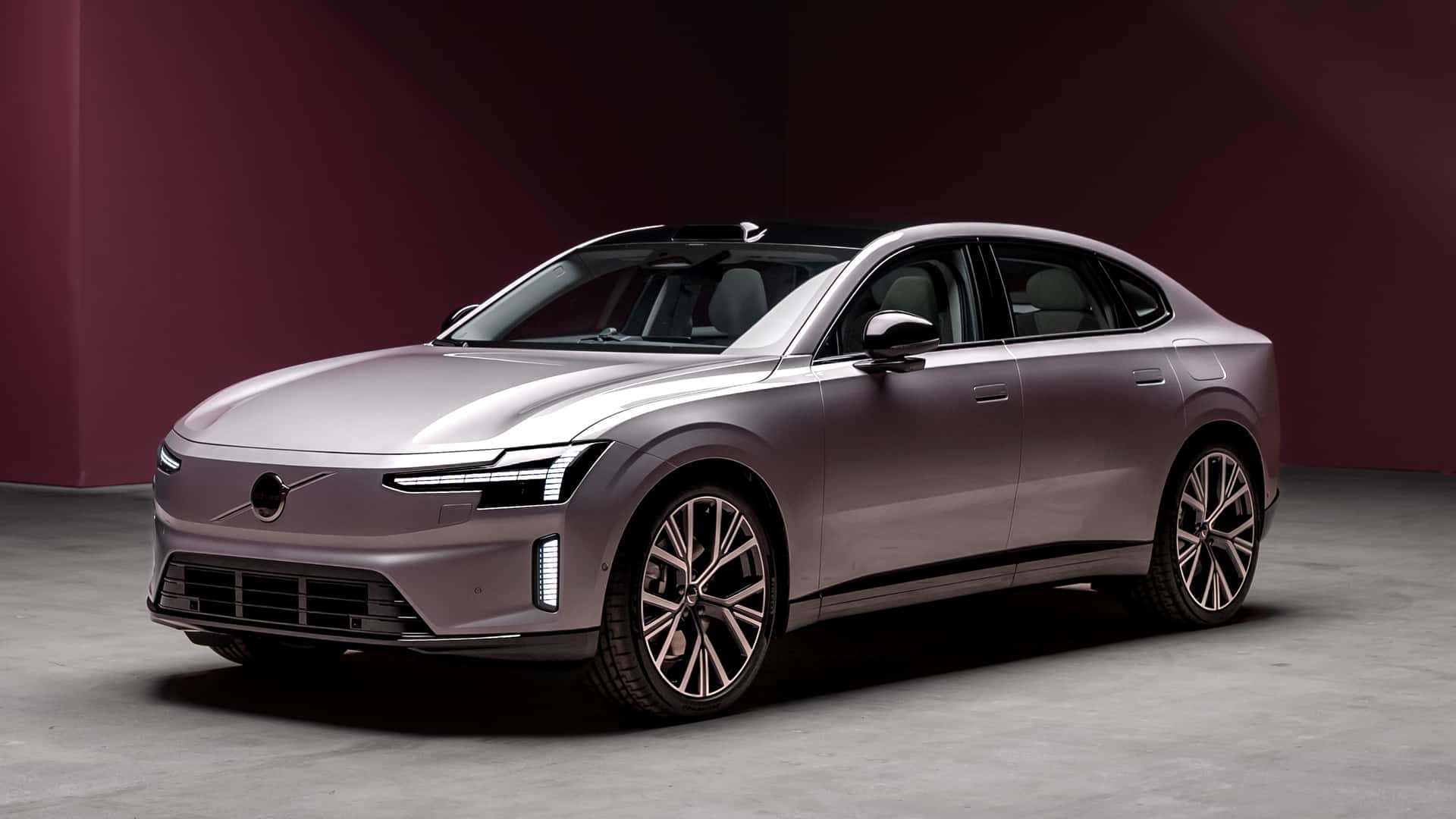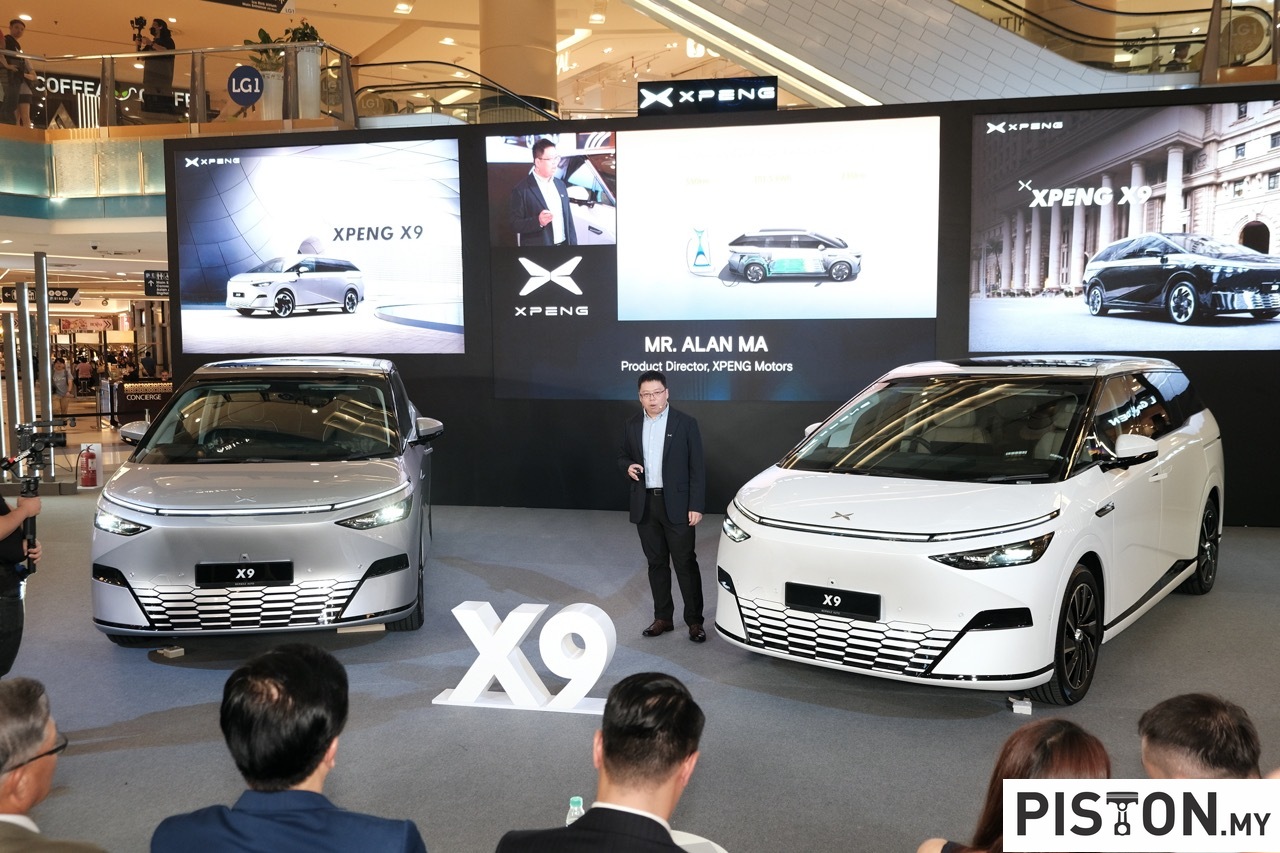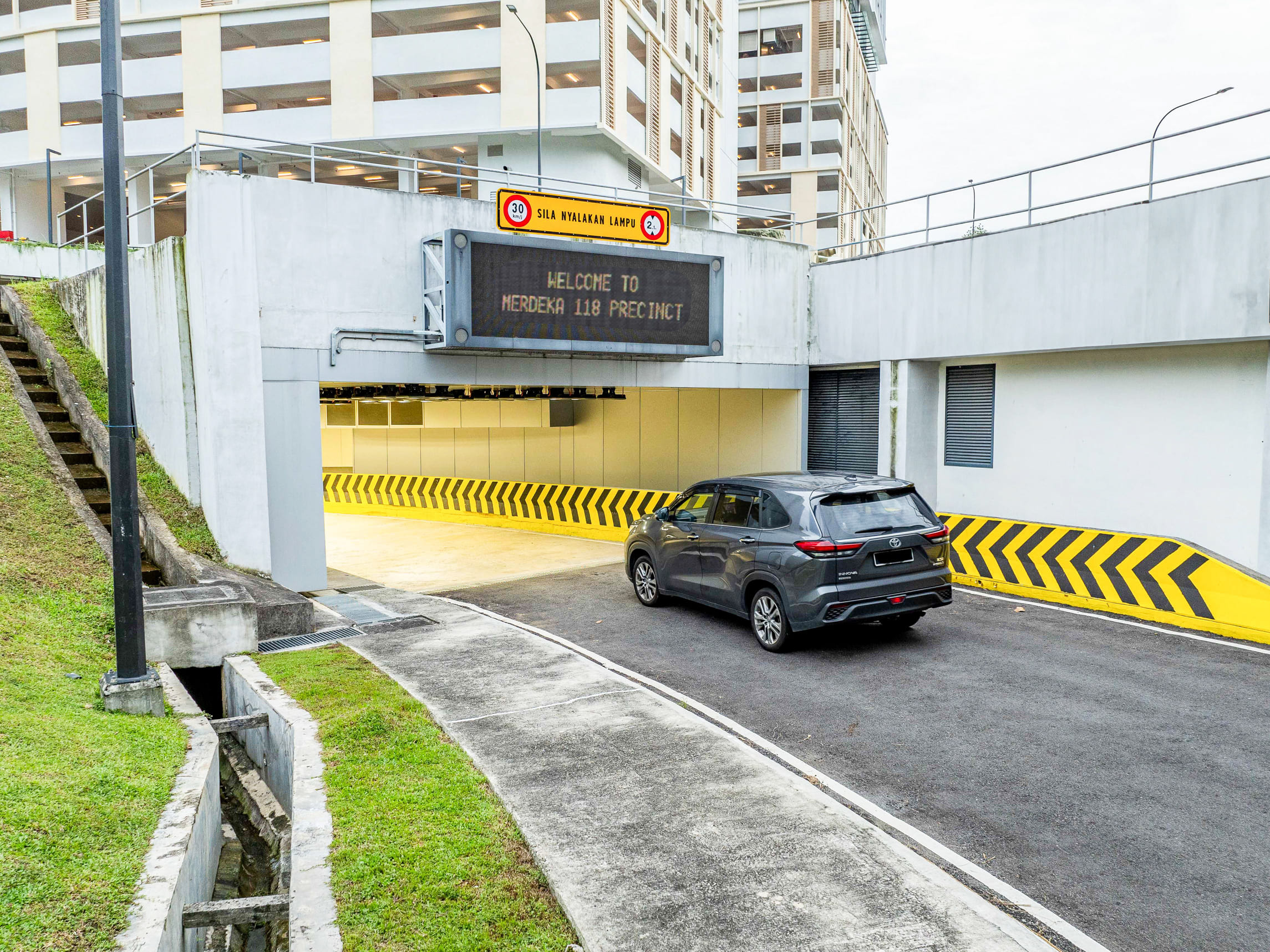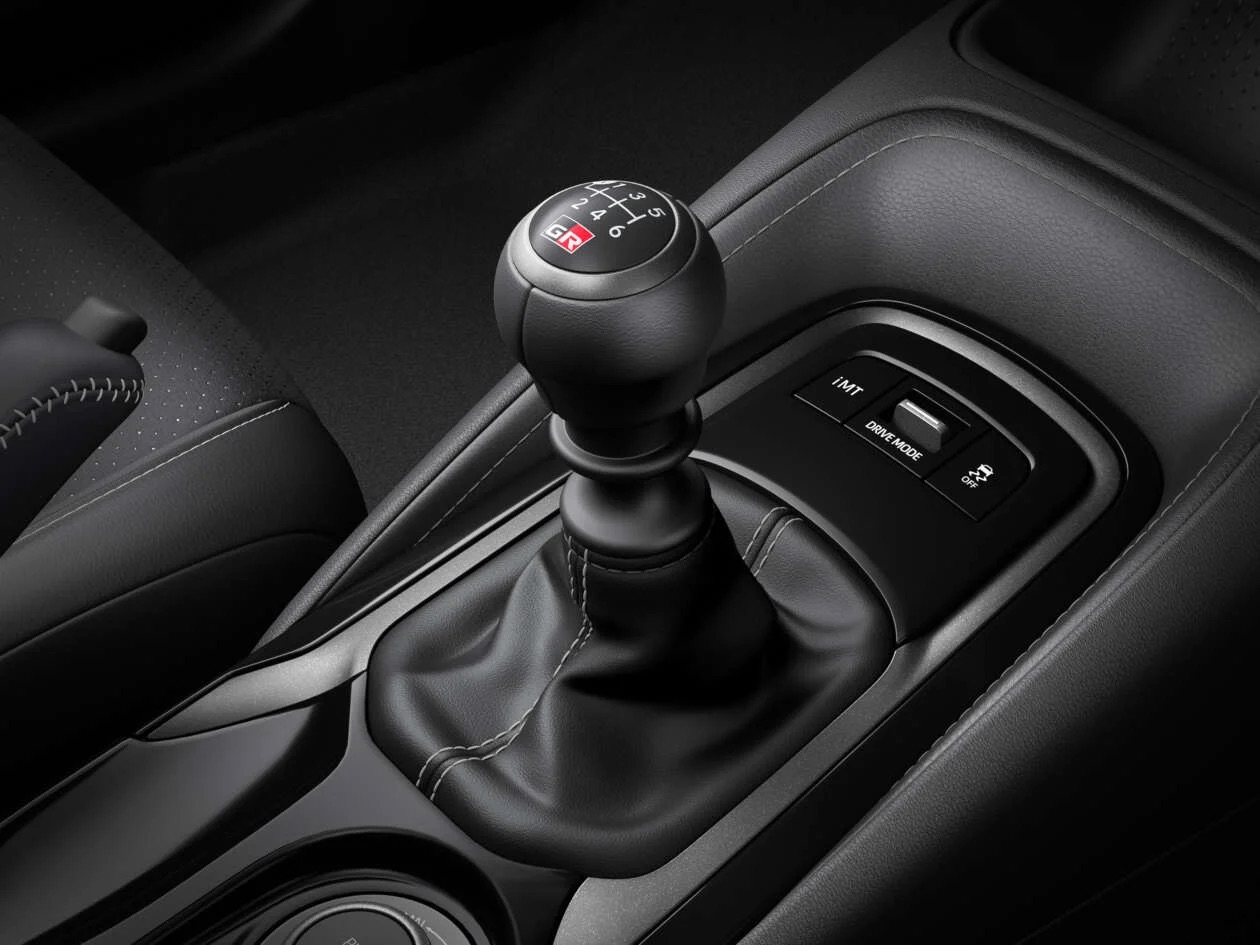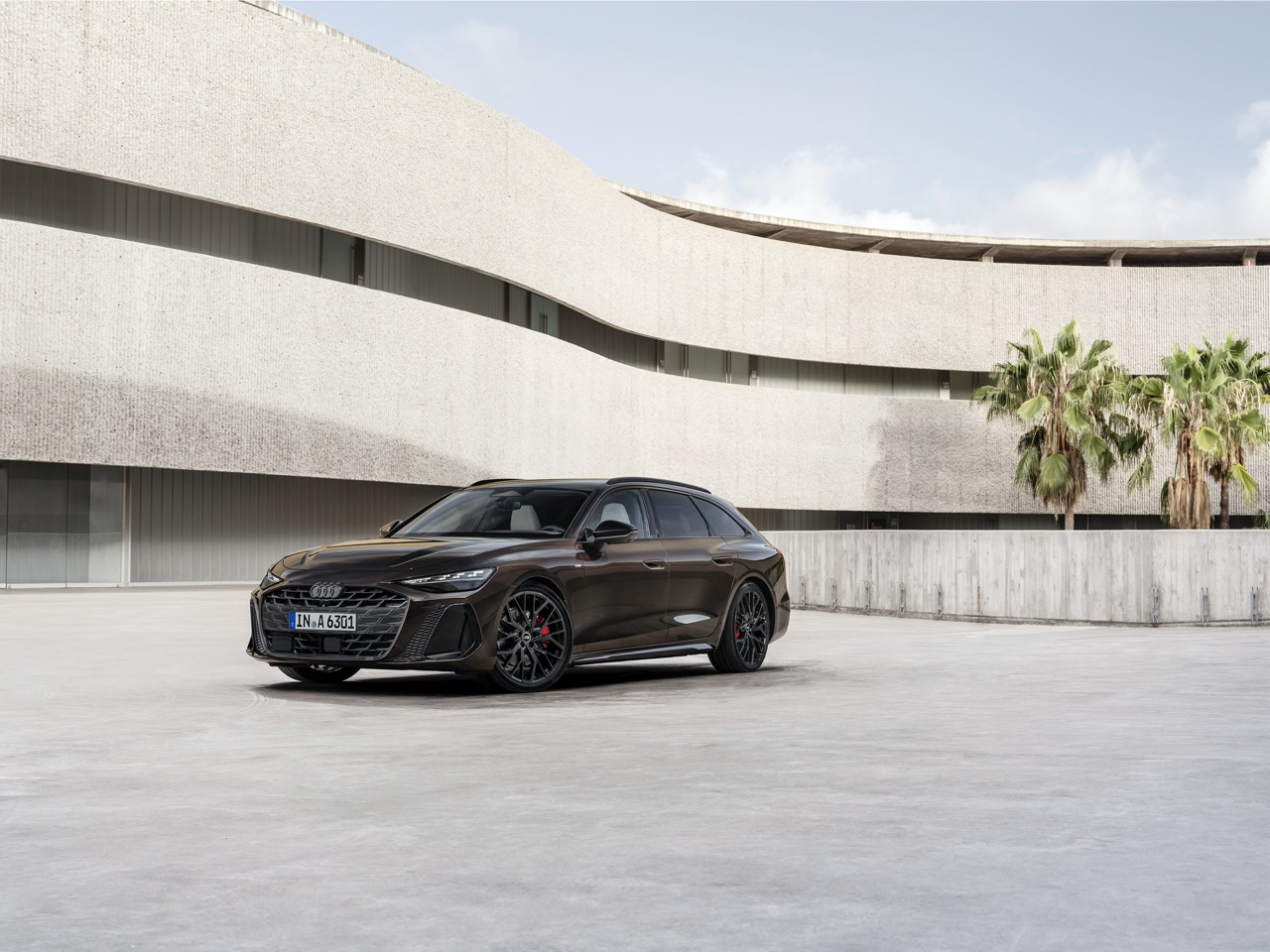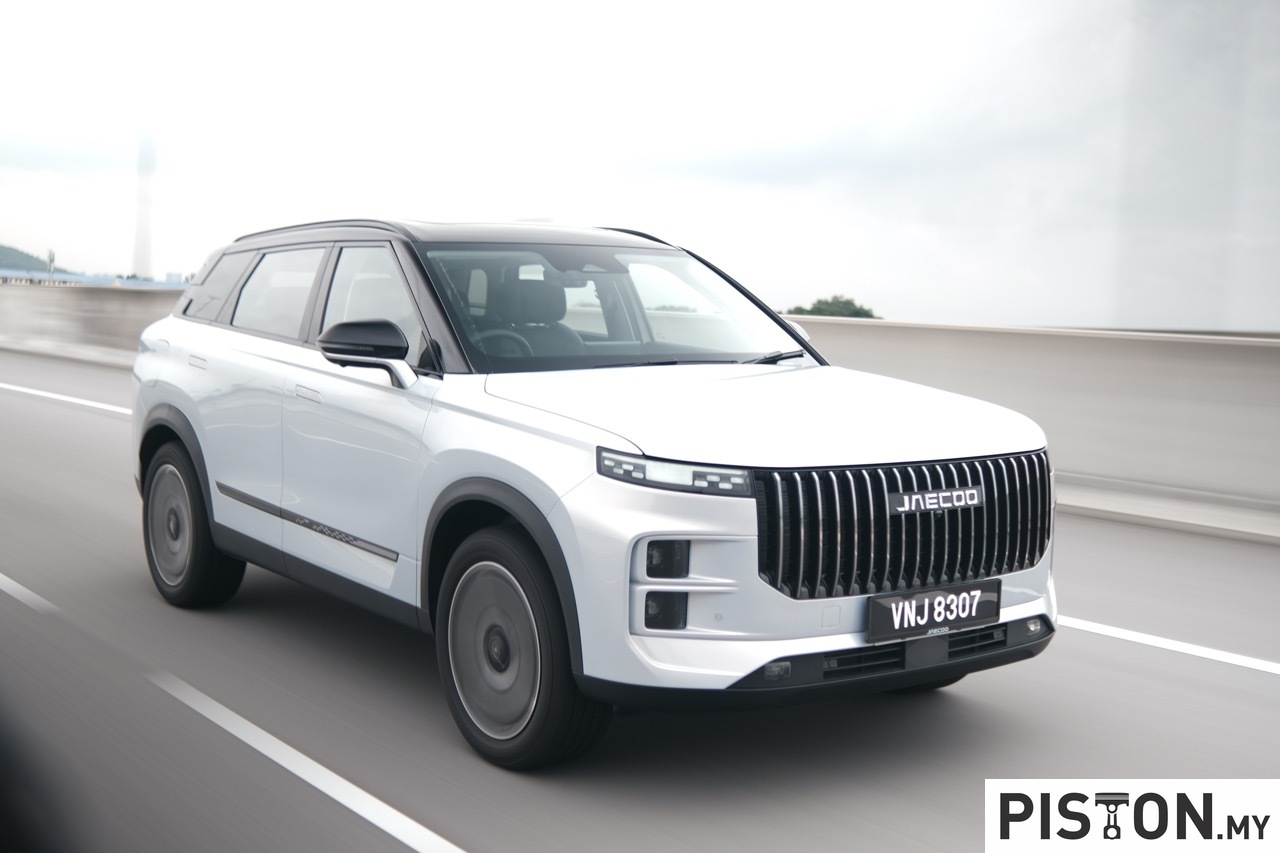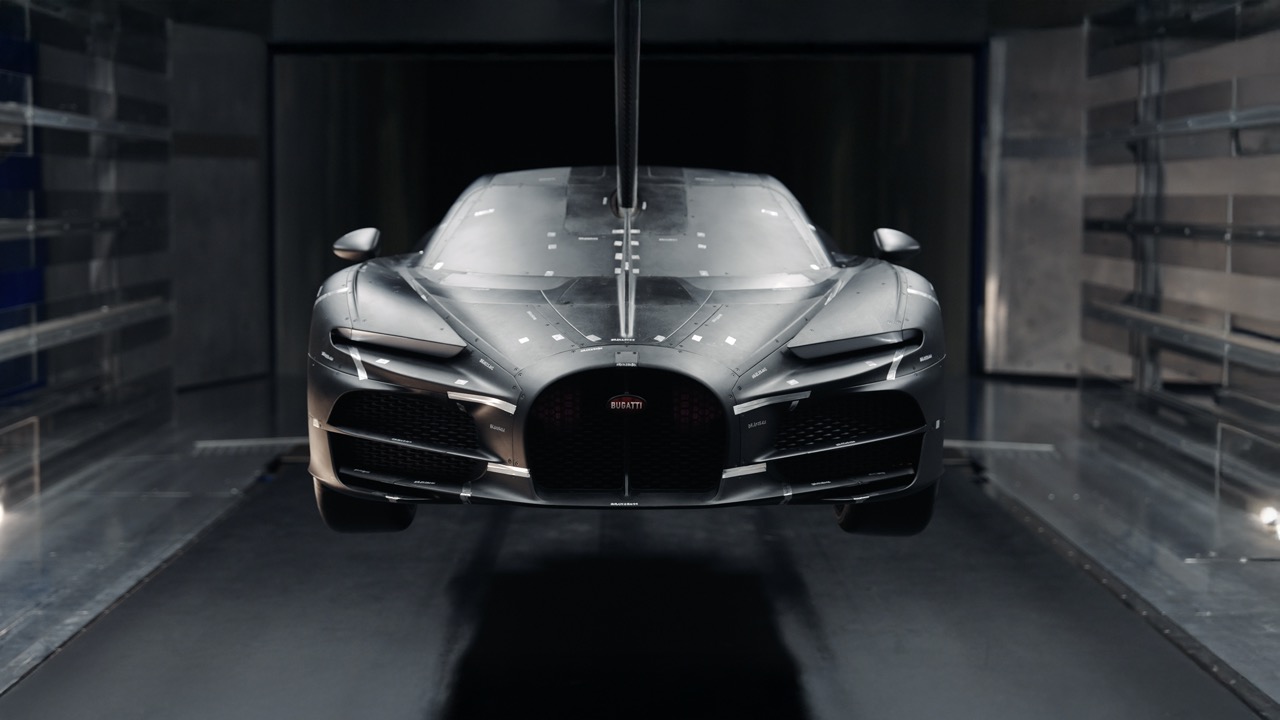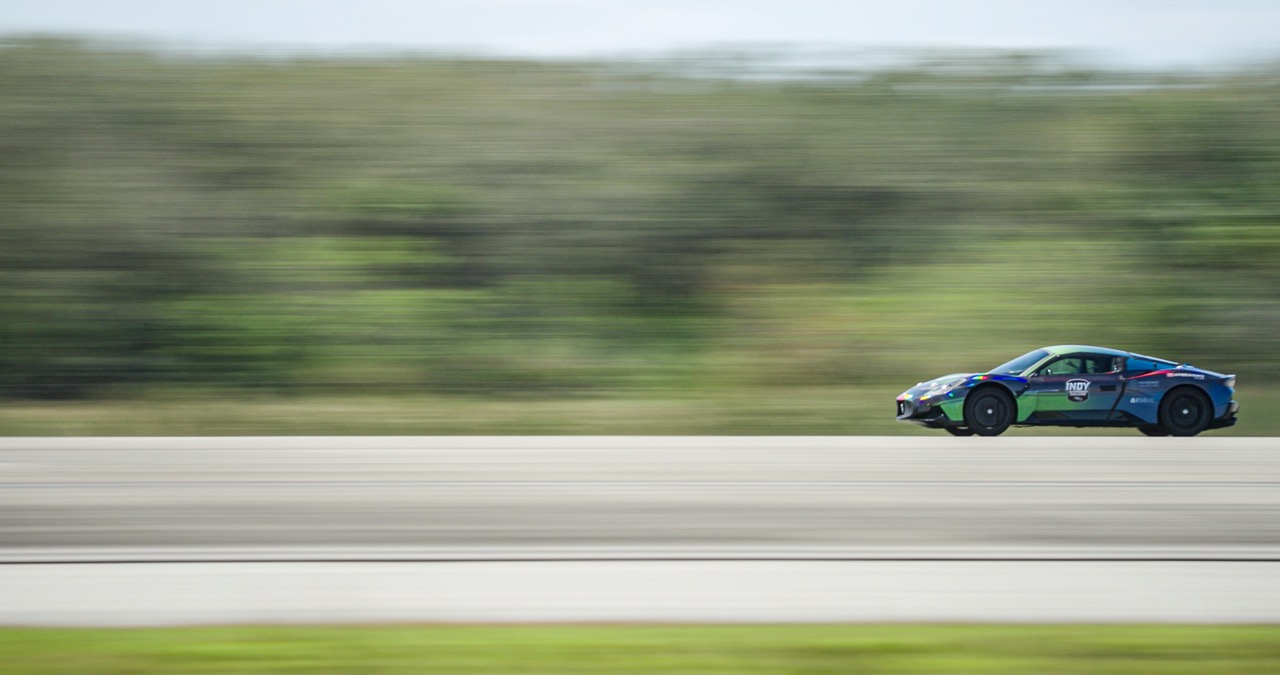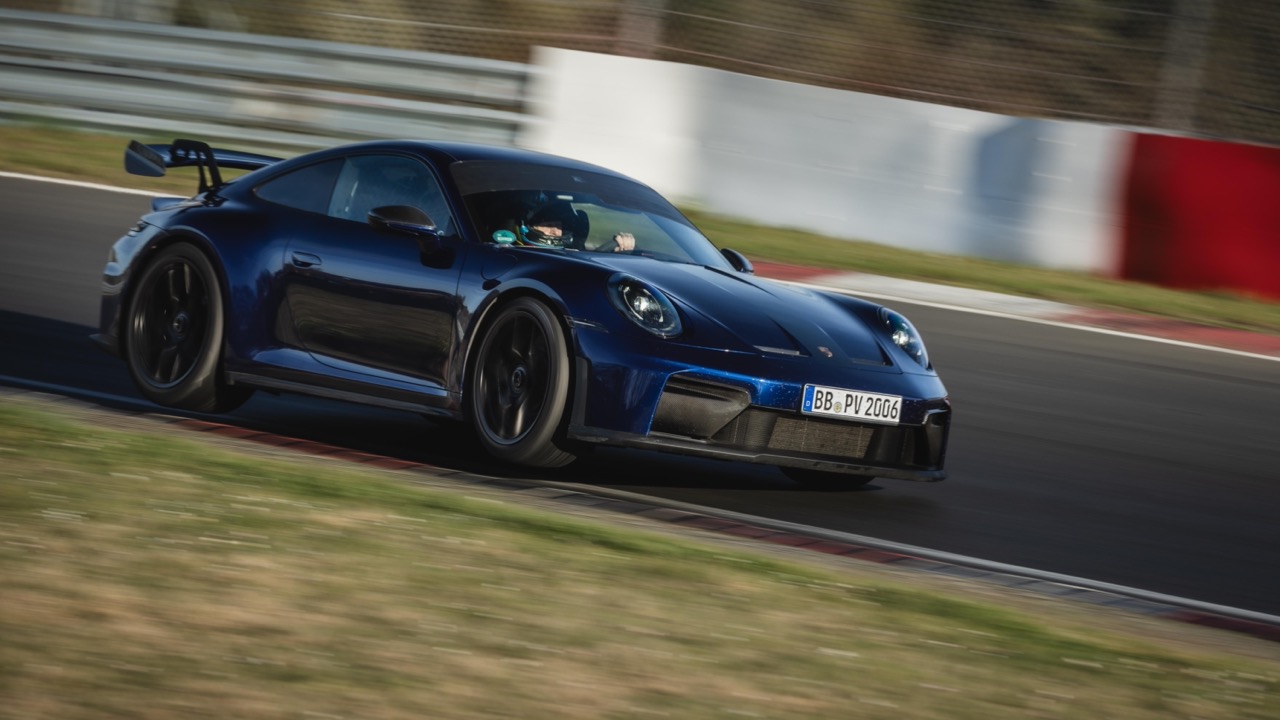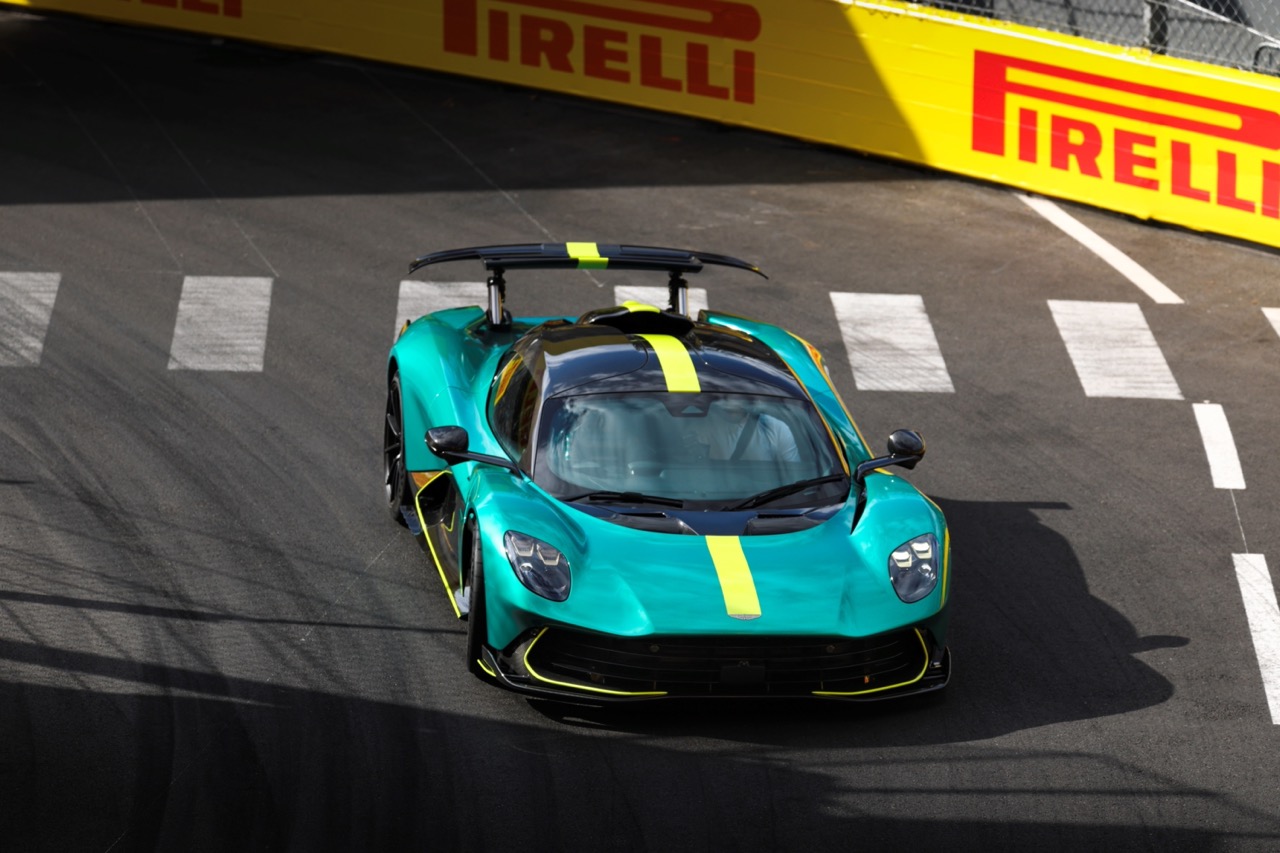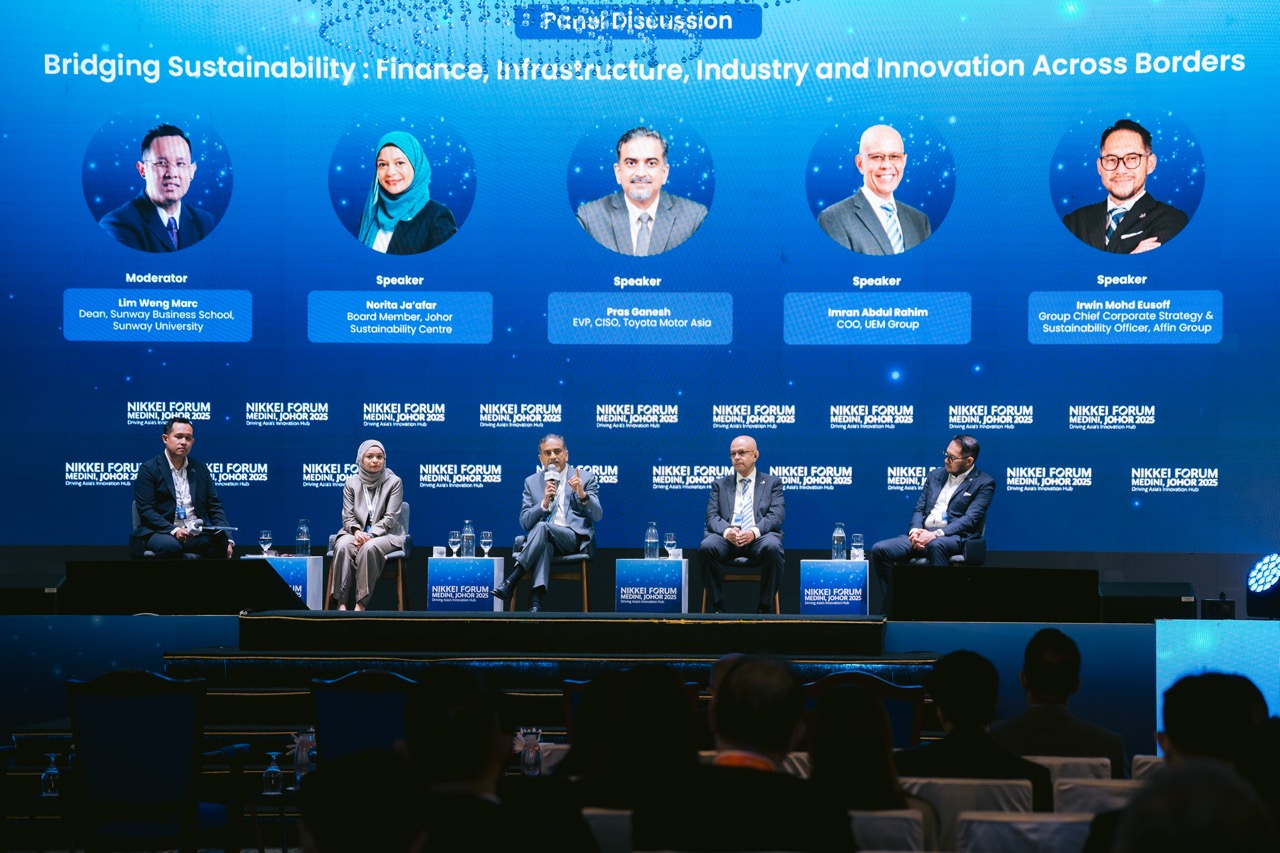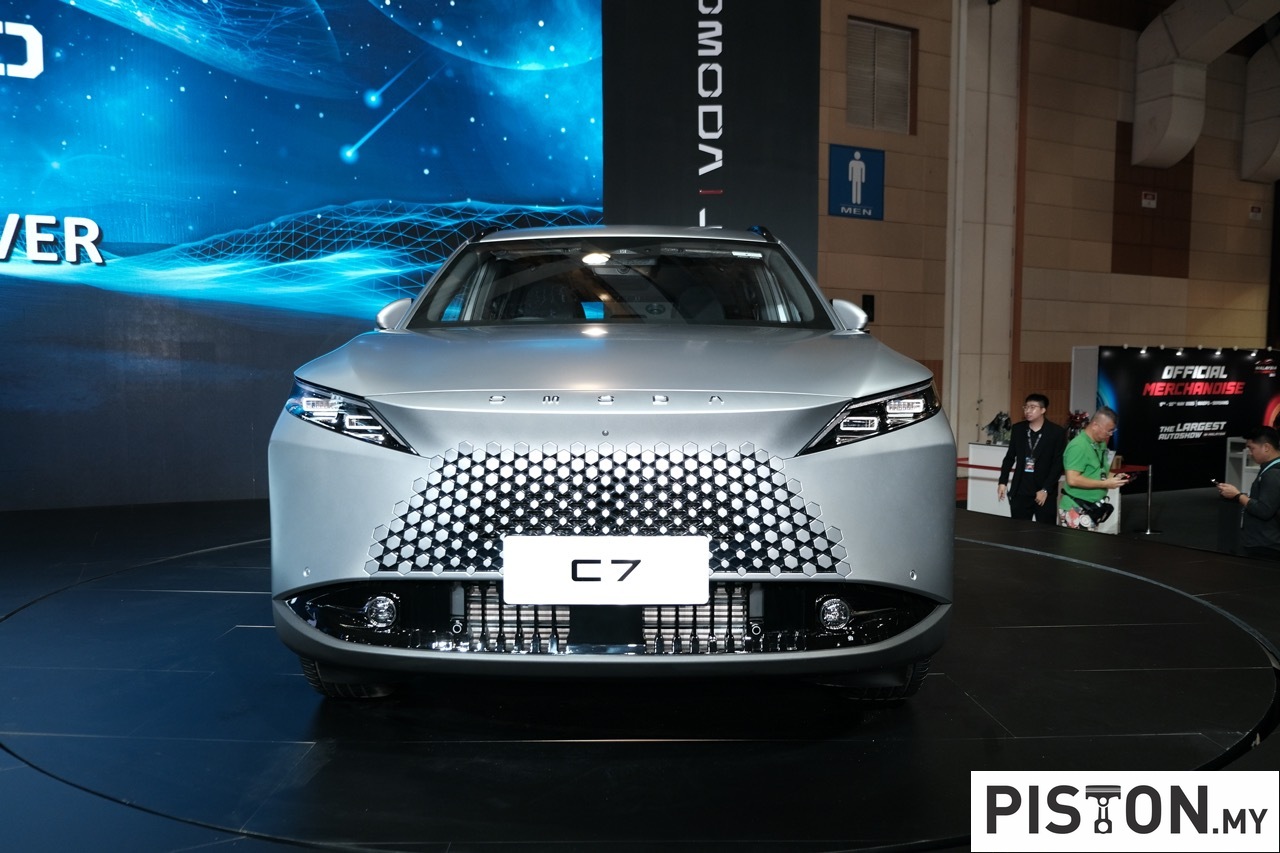Season 6 of the ABB FIA Formula E Championship sees the BMW i Andretti Motorsport team joining, for the second season, in the competition for all-electric single-seaters. Much preparation has gone on both on the racetrack and in the simulator, with extensive analysed of the findings from the first season.
“In our maiden season, with a win, two pole positions and several podiums, we showed that we are able to bring home top results in Formula E. However, we know that the performance level is extremely high and is likely to rise. But in this competitive environment, our aspiration must be to continue improving in our second season and be able to be among the front-runners battling for the top positions,” said BMW Group Motorsport Director Jens Marquardt.
“Irrespective of the results, we want to show just how dynamic and emotive electric racing can be, through good and exciting races. And away from the racetrack we will be present with BMW i. We will continue to use Formula E as a platform to present innovations in electric mobility, autonomous driving and other BMW Group cutting-edge fields to the general public,” he added.
Highlighting the technology transfer between racing and production, Marquardt said that the technology transfer between racing and series production remains a central pillar of BMW’s involvement in Formula E. “Our objective for the works entry for Season 5 was to establish an efficient technology cycle between BMW i Motorsport and BMW i, and we were very successful. BMW i engineers are already benefitting enormously from the technological insights we are getting from the extreme use case of Formula E as they develop future production model engines. We will continue this close collaboration next season, for the benefit of both parties,” he said.
The BMW iFE.20
Like its predecessor, the BMW iFE.20 also has a uniform chassis as stipulated by Formula E regulations. BMW expertise remains primarily in the core of the car, the enhanced drivetrain. The characteristic of the BMW Racing eDrive02 was revised based on the detailed information on the individual racetracks that the team gathered in their maiden season, and modified to suit the specific challenges of Formula E races. The changes affect the E-motor and the inverter.
The main goal of the modifications is to improve the efficiency of the drivetrain. The same glycol as is used in production vehicles is now also used for its water circulation system. The BMW i Motorsport engineers also optimised the software that calculates energy management strategies, and the simulator in Munich. The rear-end structure was also reworked, to provide more flexibility for the set-up.
When working on the BMW Racing eDrive02, the BMW Motorsport engineers cooperated intensely and closely with their colleagues in BMW i production development. The iFE.20 serves as a tech lab for road car production. The knowledge gained by BMW i Motorsport engineers in the tough competitive environment of Formula E flows straight back into the development of future E-drives for BMW production vehicles. Motor racing makes it possible to test new materials, technologies and methods in extreme conditions and without having to take into consideration restrictive factors.
From the exterior, the slightly modified design of the iFE.20 is evident. It maintains some of the elements of its predecessor, including the blue and white corners which intersect in the style of the BMW logo. The view from above has also been accentuated which, considering the usually elevated seating position of spectators at Formula E races, plays a particularly important role. On top of this is the asymmetric layout, which provides maximum visibility at race speed. The striking changes also include the non-reflective, matt black cockpit element, which has been extended to the whole driver environment. It puts even more focus on the driver and highlights his pivotal role in Formula E.
The BMW logo pattern emphasised in its predecessor has been given a slightly more abstract interpretation for the iFE.20. In return, there is greater accentuation of the progression of colour from blue to violet, the natural colours of electricity. Also, the BMW i Motorsport ‘Spirit Marks’ established during the course of last season are now also reflected in the design of the cars.
